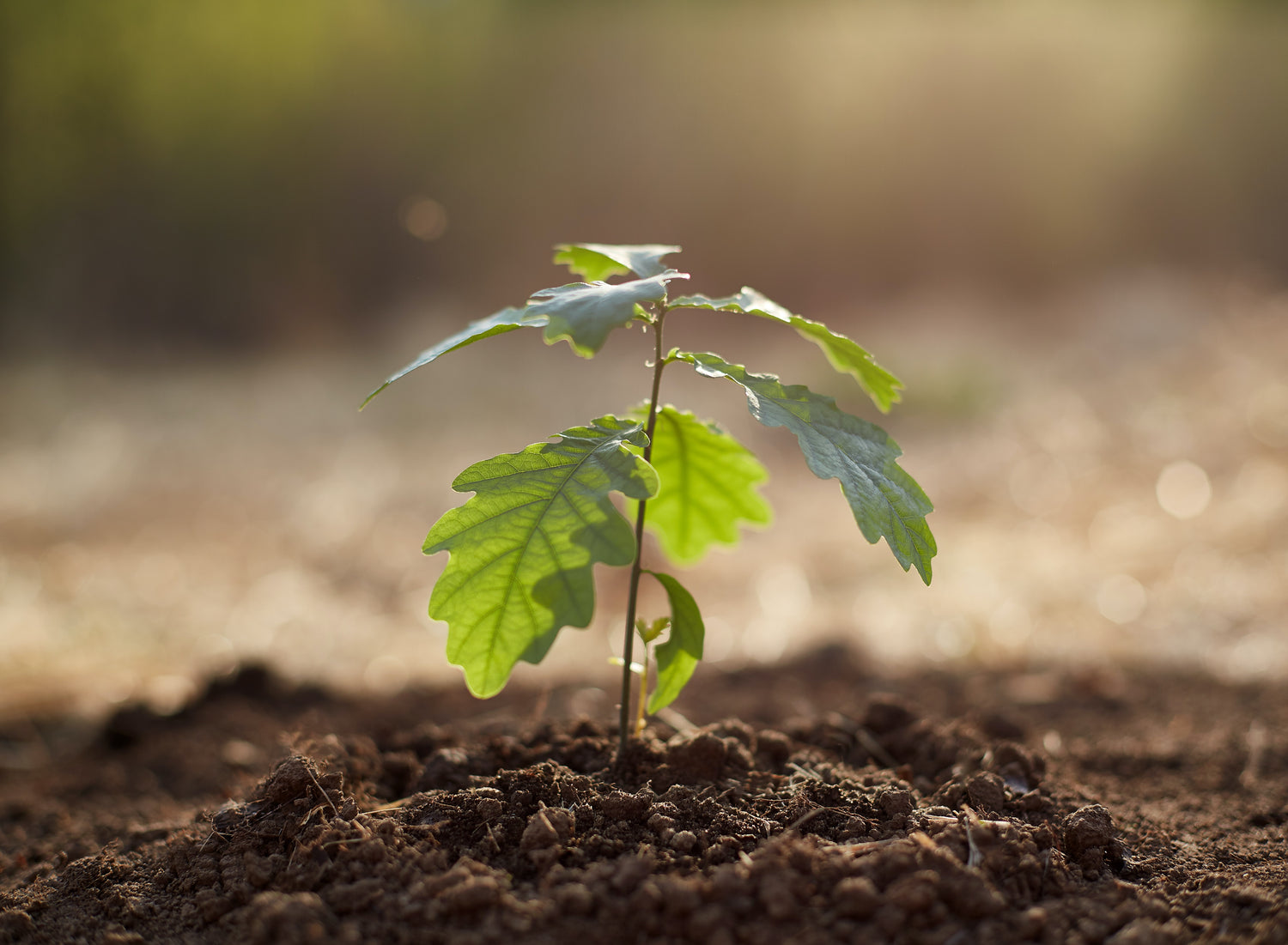Cork has earned a reputation as one of the most sustainable and eco-friendly materials in nature. It is renewable, biodegradable, and extracted from the bark of the cork oak tree. Cork is a highly versatile material, used in the construction, fashion, and sports industries. In this blog post, we will examine the eco-friendliness of cork in detail.
The renewable harvest
Cork harvesting is a remarkable practice that ensures both sustainability and economic viability. The process involves carefully removing the cork bark from the oak tree, without harming the tree itself.
This delicate operation occurs approximately every nine years, allowing the tree to regenerate its bark and continue thriving. Cork oak forests play a crucial role in carbon sequestration, annually absorbing around 14 million tons of carbon dioxide from the atmosphere.
This dual benefit of sustainability and carbon sequestration makes cork a powerful environmental ally.
Cork’s lifecycle and biodegradability
When cork products reach the end of their useful life, they can be returned to nature without leaving a lasting environmental footprint. Unlike non-renewable materials like plastics, which persist in landfills and oceans for hundreds of years, cork follows a different path.
Cork products, such as wine stoppers, flooring, and fashion items, can be easily composted or recycled, thereby reducing waste and conserving resources. When composted, cork naturally breaks down into organic matter, enriching the soil and supporting plant growth. This sustainable disposal option aligns with the principles of the circular economy, where products are designed to be regenerative rather than disposable.
Recycling cork is a straightforward process that involves grinding used cork products into granules, which can then be used to make new cork products. This closed-loop approach reduces the demand for virgin cork and minimizes the environmental impact of cork production.
Versatility and minimal processing
From traditional uses like wine stoppers to innovative applications in construction, fashion, and sports equipment, cork has found its place across various industries. It is underscored by its use in the construction industry, where it offers excellent thermal and acoustic insulation. In fashion, designers are increasingly turning to cork for its unique texture and sustainability. The sports industry also recognizes cork's benefits, with cork being used in tennis racket grips and even Formula 1 car components. The growing number of innovative cork-based products in different industries showcases its adaptability and eco-friendliness.
Energy efficiency in production
Cork production boasts impressive energy efficiency. The processing of cork requires significantly less energy compared to synthetic materials like plastic or aluminum.
Additionally, cork factories prioritize sustainability by adopting water-based adhesives and eco-friendly dyes, reducing their environmental footprint further.
Socio-economic impact
Cork forests support local communities in cork-producing regions, providing employment opportunities and preserving traditional practices. Sustainable cork harvesting practices contribute to forest preservation, protecting critical habitats and conserving biodiversity.
This harmonious relationship between environmental and economic interests ensures that cork production benefits both people and the planet.
Conclusion
Cork is a highly sustainable and versatile material that has become increasingly popular due to its eco-friendliness. It is a renewable and biodegradable material, which can be harvested without any damage to the cork oak tree.
Its use spans various industries, with cork bags and yoga mats being eco-friendly alternatives to traditional products. In conclusion, cork is an excellent choice for anyone looking to use a sustainable and eco-friendly material.
Explore the wealth of cork-based products and their environmental benefits. Make informed choices by considering cork for your daily needs and join the movement towards a greener and more sustainable world.









